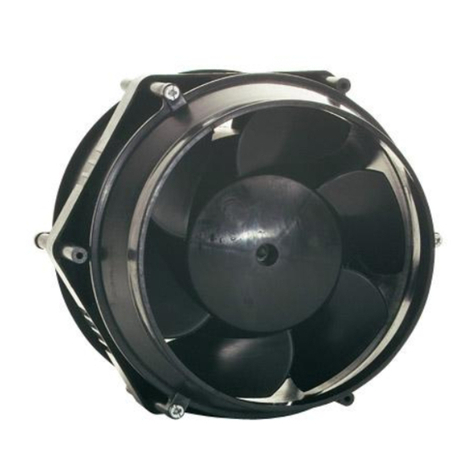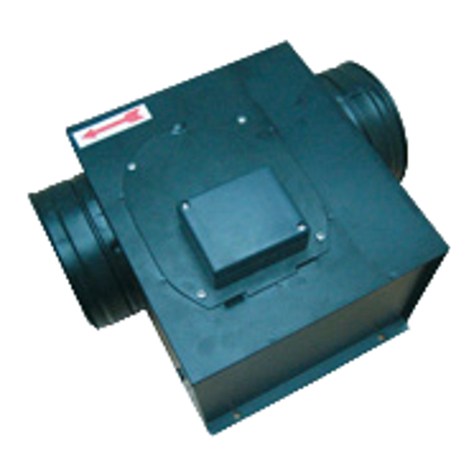
2Operation and Maintenance Manual JF Jet Fans V 2008/10
1 General safety notes ..................................................................................................................................................3
1.1 The operator's duty of care ......................................................................................................................................3
1.2 Explanation of the safety symbols used .....................................................................................................................3
1.3 Basic safety measures ............................................................................................................................................3
1.4 Particular kinds of hazards .......................................................................................................................................4
2 Product description ....................................................................................................................................................4
2.1 Stipulated usage ....................................................................................................................................................4
2.2 Construction ..........................................................................................................................................................5
2.2.1 JFU250/...-AE series ........................................................................................................................................5
2.2.2 JFUO/JFRO series ..........................................................................................................................................................5
2.3 Functional description..............................................................................................................................................................5
2.4 Dimensions .............................................................................................................................................................6
3 EC Declaration of Conformity .....................................................................................................................................7
4 Transportation and Storage .......................................................................................................................................8
4.1 Transportation ........................................................................................................................................................8
4.2 Storage .................................................................................................................................................................8
5 Assembly ...................................................................................................................................................................8
5.1 Inlet and outlet ow conditions ..................................................................................................................................9
6 Initial Start-up ..........................................................................................................................................................10
6.1 Checks prior to initial start-up .................................................................................................................................10
6.2 Starting up the fan for the rst time ..........................................................................................................................10
6.3 Checks after initial start-up .....................................................................................................................................10
7 Help with Malfunctions .............................................................................................................................................11
7.1 Tabular overview of possible malfunctions and aids in eliminating those malfunctions ...................................................11
8 Maintenance ............................................................................................................................................................12
8.1 Servicing .............................................................................................................................................................12
8.2 Overhaul .............................................................................................................................................................13
8.2.1 Removal and installation the motor-fan-assembly ..............................................................................................13
8.2.2 Dismantling the rotor ......................................................................................................................................14
8.2.3 Assembling the rotor ......................................................................................................................................14
8.2.4 Impeller blade pitch angle ...............................................................................................................................15
8.2.5 Motor bearing service intervals ........................................................................................................................15
8.2.6 Instructions on correct bearing replacement ......................................................................................................15
Contents
Table of Contents































